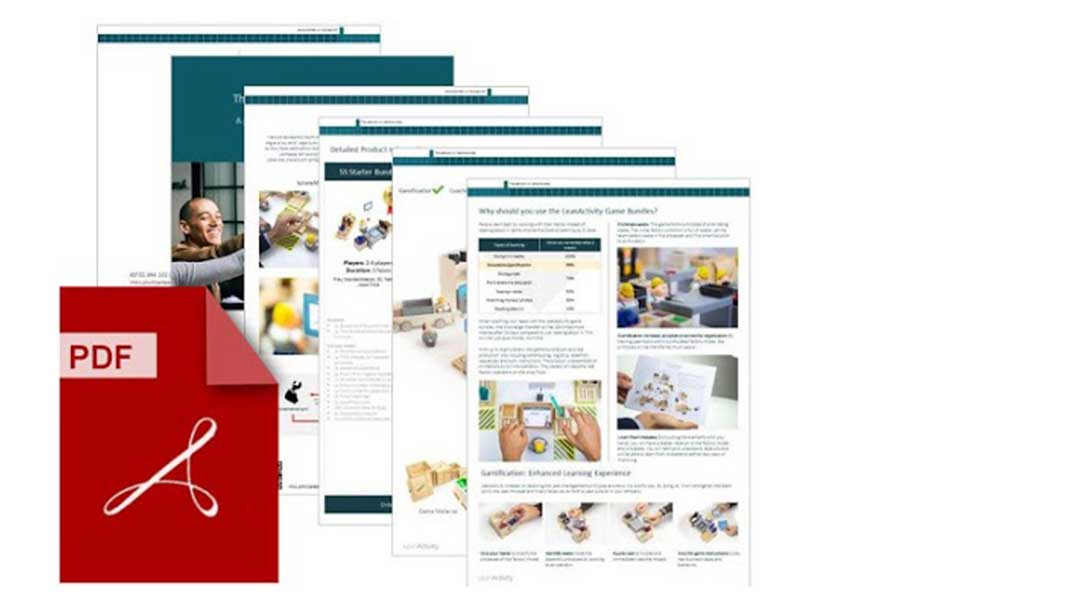SMED Examples – What we can learn from Car Racing
How is that an untrained person needs hours to change tires whereas people at car racing found ways to change them within 2-3 seconds? Does SMED do the trick? SMED examples and more! Before approaching the term SMED and step deeper into SMED examples of car racing, let me start with a changeover most of us are confronted with several times in their lives. Here in central Europe a tire change for instance is required twice a year. First when the roads get dry and hot during spring – and second when the temperature drops below zero during late autumn. During this period, I have to bring my car to a garage or do the tire change myself at home. Nevertheless, my car is blocked and out of usage for that period of time. If people are not trained to change the tires, it can easily take hours until the car is usable again.
As tire changes do not have to be done that often and are not that critical at all, I do not care that much about them. But let us assume we replace the car in the example above with a machine in our factory.
All the time we read about SMED examples as being THE solution of all changeover issues. But what does that word have to do with changeover? The term SMED simply means “Single Minute Exchange of Die” (SMED). The single-minute or single-digit means to perform a changeover within “9” minutes and “59” seconds, which is less than a two-digit set-up of “10” minutes or more. But is that a term we should use as lean experts? Surely not. The target originally defined within the Toyota Production System (TPS) was one-touch or zero changeover time. The SMED term itself is something that got established in the western culture and quickly spread around the world. It makes sense to refer to SMED as an intermediate goal for many productions but it should not be the vision for them.
Let’s get back to our SMED examples: How can it be that I come to a limit of not being able to reduce the changeover time below hours and out of a sudden it turns out that others (i. e. the Formula 1) are able to reduce it to a few seconds? If we can reveal the secret of reducing the changeover time significantly in car racing, we can apply that principle to any other topic.
So stop thinking it is impossible to reduce changeover time in your particular case for a moment. Let’s be open to learn from others having achieved that Goal already. Stay open for SMED examples from outside your industry.
How do I implement SMED Examples or a one-touch Changeover?
In car racing people are trained and handling sequences and tools are adapted to the need of a quick changeover. The tires are prepared before. In terms of production, we speak about the preparation of material, man and machine (the “magic” 3M-principle).
If we look on a changeover process, we have to change the equipment as well as the material. But how do we do it within zero seconds?
In terms of the machine or equipment (the first “M” of the 3M-principle) the key is to separate internal and external changeover. Take note of all steps required during a changeover and try to fix or prepare them before you stop the machine and initiate the changeover. By this, internal steps which are performed during the machine stoppage have to be prepared externally before you start the changeover. Try to reduce any external preparation steps afterwards or replace and eliminate them.
What’s about the material (the second “M”)? In terms of material make sure to have all materials needed for the upcoming product next to the line before you stop the machine. You can either do that by using a two-box principle of small and handy boxes, which are easily replaced with the upcoming material (very powerful way to get to zero seconds), or implement a one-touch material exchange strategy on your line (adapt quantities of your raw material to your finished good packaging). In car racing same principle is applied: The upcoming tires are already close to the operator when the car approaches the garage. Think about a similar approach for your production.
The biggest benefit you may get is gained by training your operators and defining set-up standards they have to respect (the third “M”). The more you do the changeover with your team and show them the need of a short machine stoppage, the more you will be able to improve.
Try to visualize the time span the changeover takes each time by a simple clock running next to the station forcing the team into a certain kind of competition between them.
A Workshop Training Kit







